How to Read a Ruler

What is a Ruler
A ruler is a device with measurement markings on it used for measuring drawing straight lines. Students, engineers, contractors, and makers use rulers for math, construction, architecture, sewing, landscaping, and more.
According to Dictionary.com, a ruler is a strip of wood, metal, or other material having a straight edge and usually marked off in inches or centimeters, used for drawing lines, measuring, etc.[1]
Several types of rulers include wooden or metal rulers, yardsticks, seamstress tapes, tape measures, carpenters rules, and architects scales.
Rulers have measurements in imperial and metric, imperial-only, or metric-only. Get more information on rulers, including different types and uses, or use one of our free printable rulers.
How to Use a Ruler – Standard Imperial Measurements
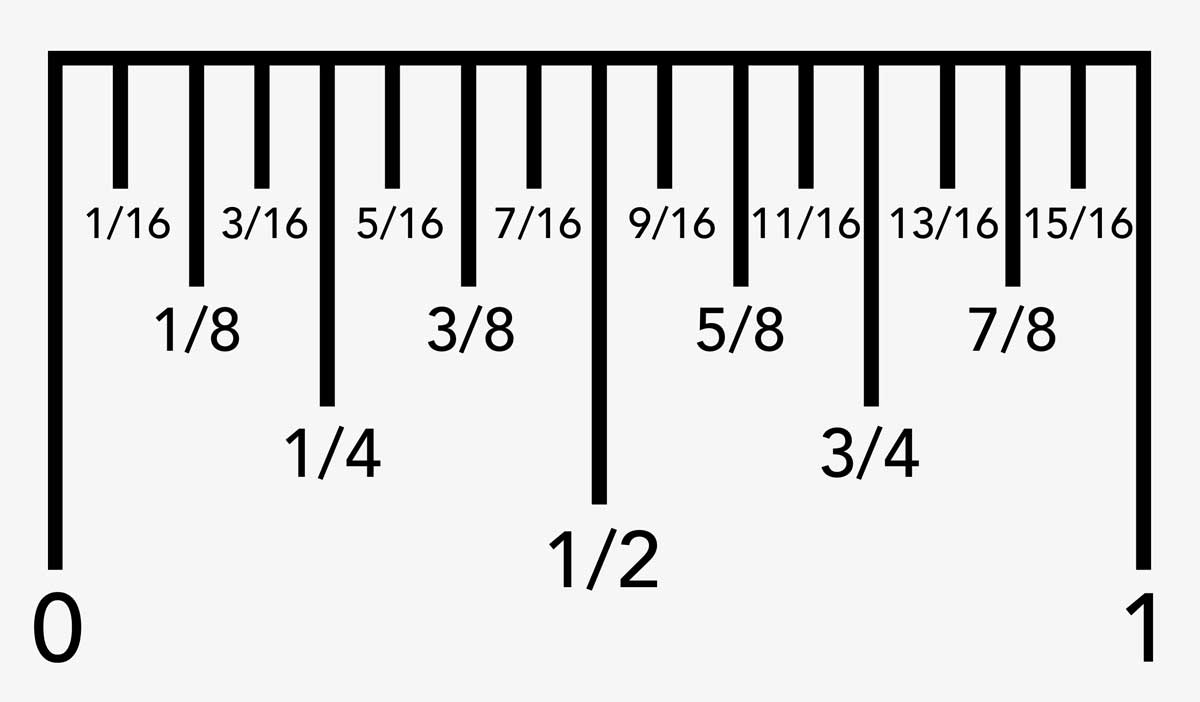
The markings on a standard ruler represent the fractions of an inch. The markings on a ruler from the start to the 1″ mark are: 1⁄16“, 1⁄8“, 3⁄16“, 1⁄4“, 5⁄16“, 3⁄8“, 7⁄16“, 1⁄2“, 9⁄16“, 5⁄8“, 11⁄16“, 3⁄4“, 13⁄16“, 7⁄8“, 15⁄16“, and 1”. If the measurement is over 1″, simply use the number on the ruler and add the fraction. For instance, if you’re two ticks past the number 3 tick, then the measurement is 3 1⁄8“.
What Do the Markings on a Ruler Mean
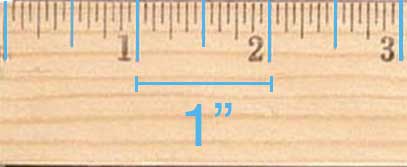
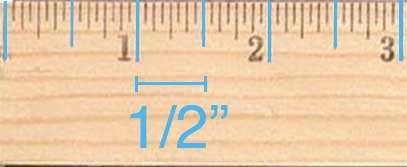
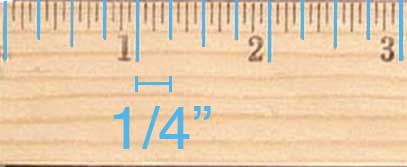
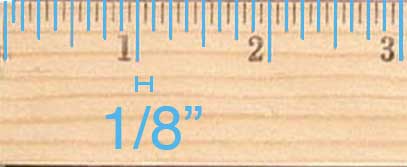
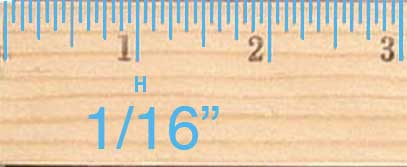
How to Use a Metric Ruler – Metric Measurements
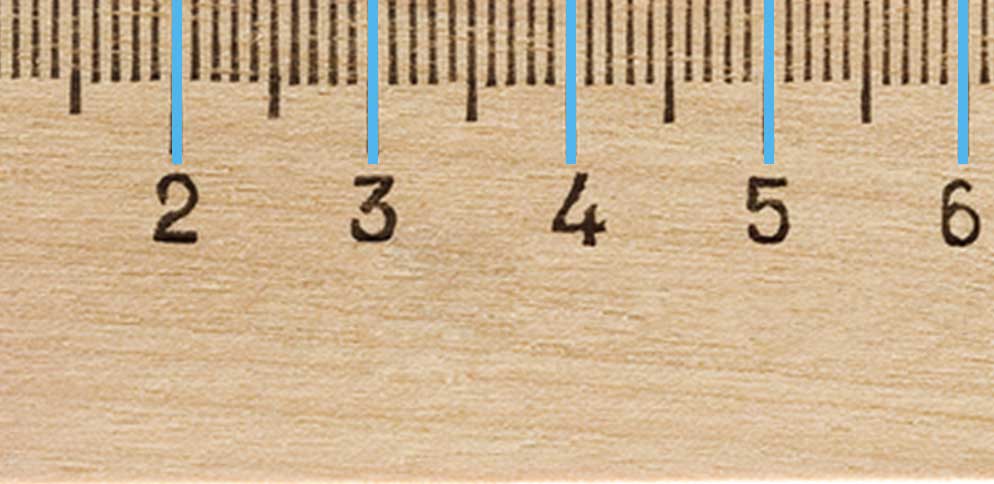
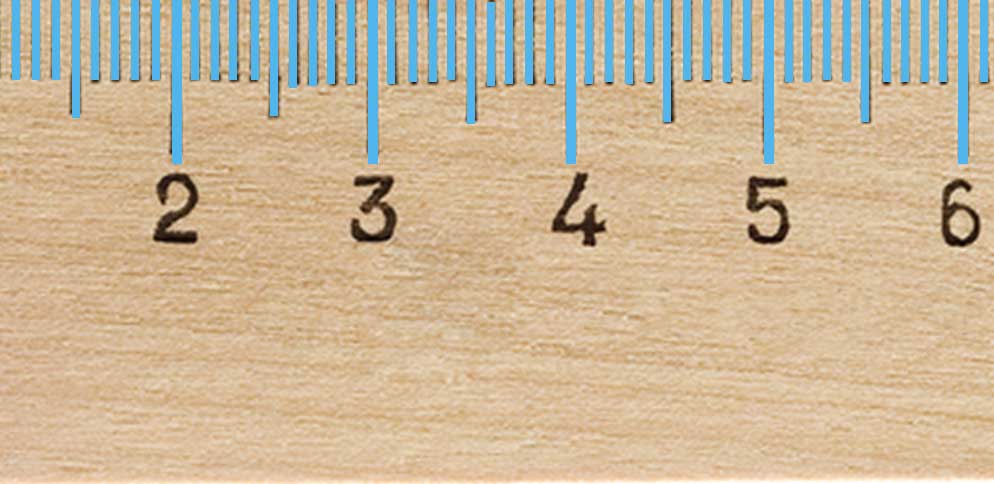
Watch for More Information on Reading a Ruler
Ruler Measurements: Inch Fractions on a Ruler
These are the measurements and fractions that are on a ruler and the decimal and millimeter metric equivalents. If you need to convert larger inch fractions to decimal or metric, use our inch fraction calculator.
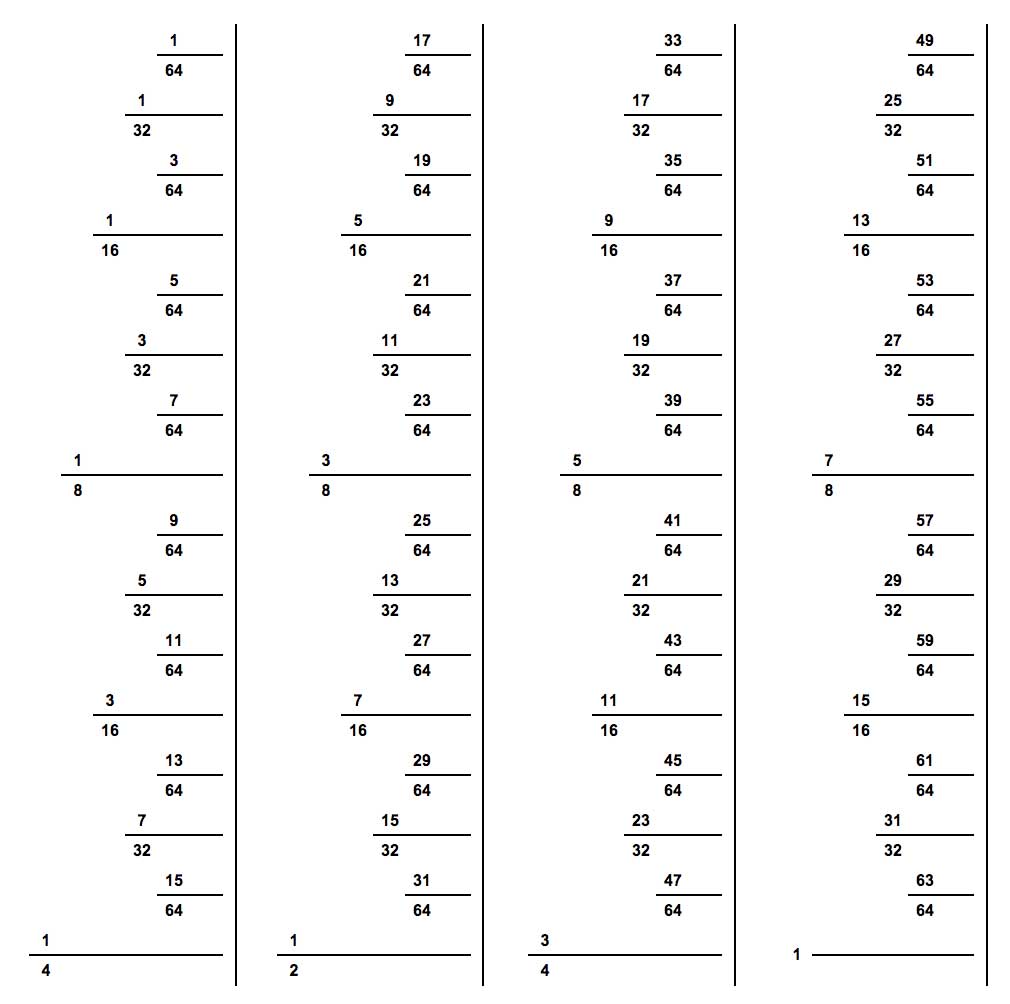
Fraction, Decimal, and Millimeter Equivalent Measurements
| Fraction | Decimal | Millimeters |
|---|---|---|
| 1⁄16“ | 0.0625 | 1.5875 |
| 1⁄8“ | 0.125 | 3.175 |
| 3⁄16“ | 0.1875 | 4.7625 |
| 1⁄4“ | 0.25 | 6.35 |
| 5⁄16“ | 0.3125 | 7.9375 |
| 3⁄8“ | 0.375 | 9.525 |
| 7⁄16“ | 0.4375 | 11.1125 |
| 1⁄2“ | 0.5 | 12.7 |
| 9⁄16“ | 0.5625 | 14.2875 |
| 5⁄8“ | 0.625 | 15.875 |
| 11⁄16“ | 0.6875 | 17.4625 |
| 3⁄4“ | 0.75 | 19.05 |
| 13⁄16“ | 0.8125 | 20.6375 |
| 7⁄8“ | 0.875 | 22.225 |
| 15⁄16“ | 0.9375 | 23.8125 |
| 1″ | 1 | 25.4 |
References
- Dictionary.com, Ruler, https://www.dictionary.com/browse/ruler


